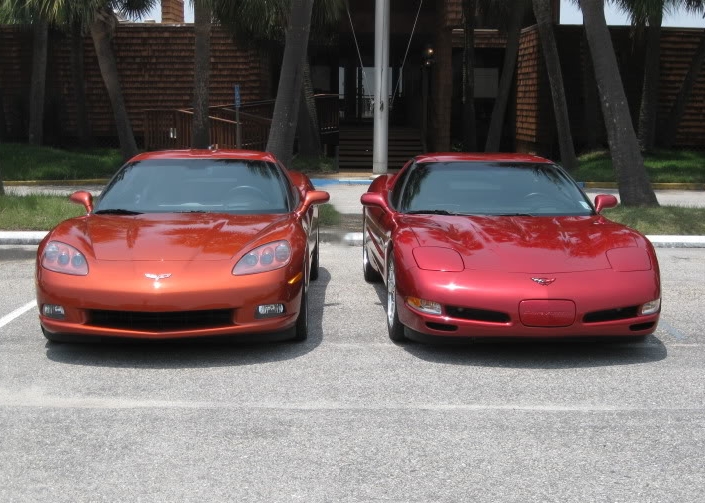The Complete History of GM’s LS Small-Block V8 Engines and the Corvettes They Power
Since their introduction in the late 1990’s, the LS-series engines have become a cornerstone of the Chevrolet Corvette. While variants of Chevrolet’s small-block engine have carried the LS designation since the 1960’s, GM introduced a series of LS engines beginning in 1997 that became the sole, dominant powerplant for the fifth (C5) and sixth (C6) generation Corvettes. Today, these engines are recognized globally for their durability, longevity and reliability. They’re so popular among automotive enthusiasts (including non-GM car builders and owners) that they’ve become the “go-to” swap for many high-performance vehicles – from track-purposed Ford Mustangs and Mazda Miatas to off-road purposed vehicles like the Jeep Wrangler. The LS engine platform has garnered such a following that each year a pair of “LS Fest” events are hosted by the Holley company – one in Las Vegas and one in Bowling Green, Kentucky.
What follows below is an overview of each of the Gen III and Gen IV engines that Chevrolet introduced in the Corvette from 1997 to 2013. Many of these engines were also used in other applications – including a significant number of other GM products including the Chevy Camaro, the Pontiac GTO and so on. They were also the primary powerplant used by Holden Special Vehicles (HSV). Holden, formerly known as General Motors-Holden, is an Australian carmaker and former automobile manufacturer. HSV is the officially designated performance vehicle division of Holden. Headquartered in Port Melbourne, Victoria, a suburb of Melbourne, Australia, the company’s Special Vehicle division modified a number of GM and Holden vehicles for sale both in Australia and abroad.
No Subscription? You’re missing out
Get immediate ad-free access to all our premium content.
Get Started



